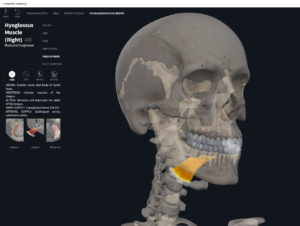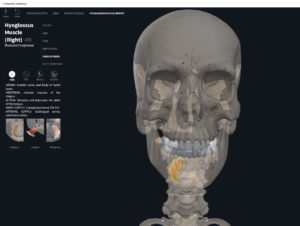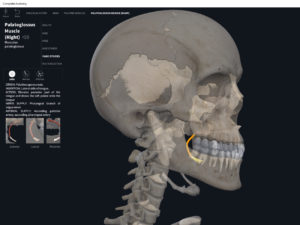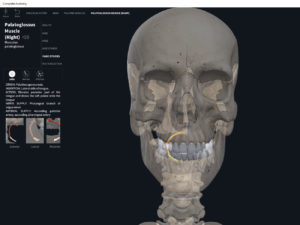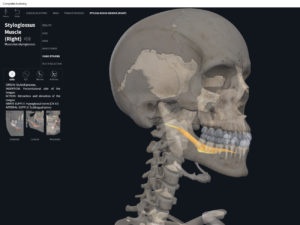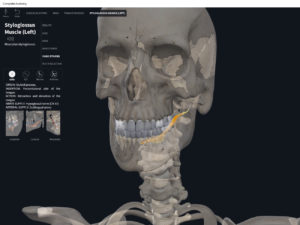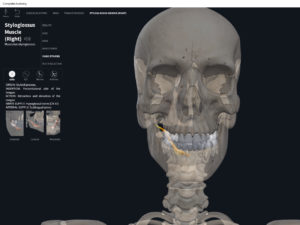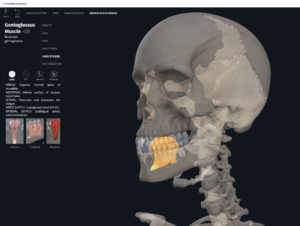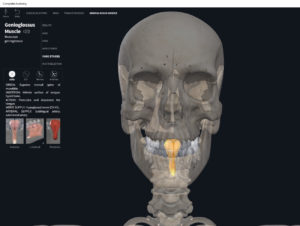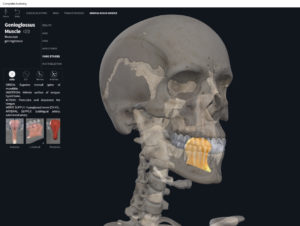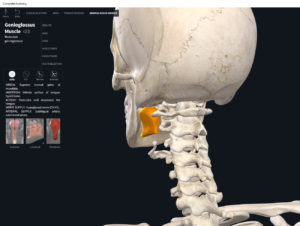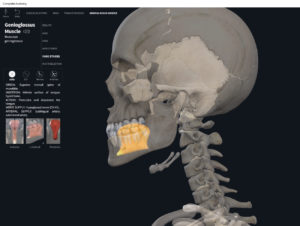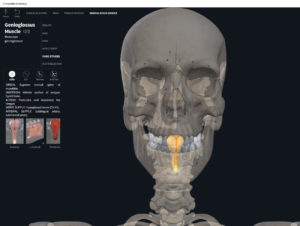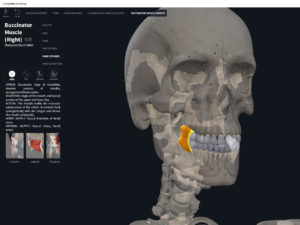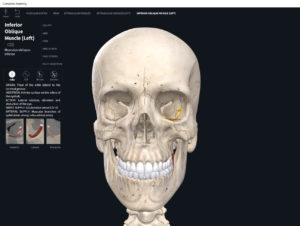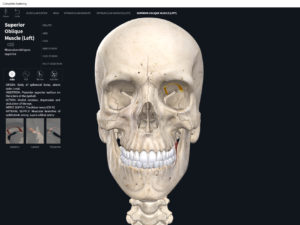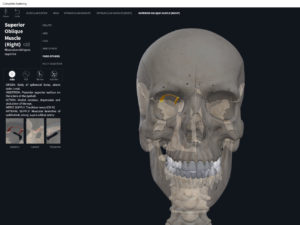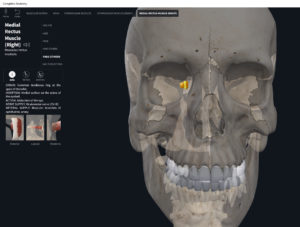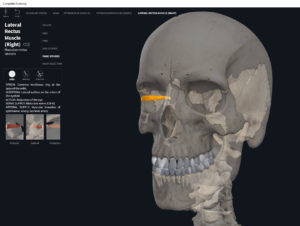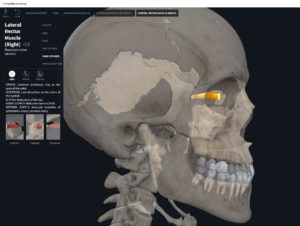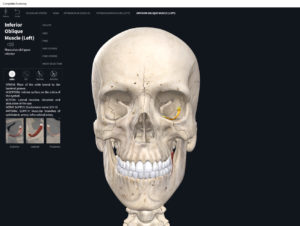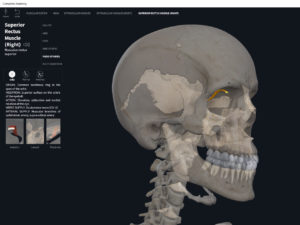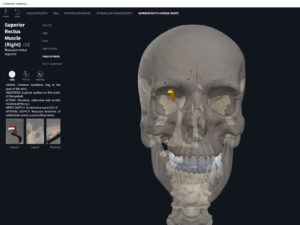Anatomy & Physiology: Muscles—Inferior oblique.
Structure.
-
Origin: greater horn and body of hyoid.
-
Insertion: side of tongue.
Function.
-
Concentric action: depress tongue.
-
Eccentric action:
-
Isometric action:
-
Innervation: hypoglossal XII nerve.
-
Arterial supply: lingual artery.
Clinical Significance.
References
Biel, A. (2015). Trail guide to the body: A hands-on guide to locating muscles, bones and more.
Clark, M., Lucett, S., Sutton, B. G., & National Academy of Sports Medicine. (2014). NASM essentials of corrective exercise training. Burlington, MA: Jones & Bartlett Learning.
Jenkins, G., & Tortora, G. J. (2012). Anatomy and Physiology: From Science to Life, 3rd Edition International Stu. John Wiley & Sons.
Muscolino, J. E. (2017). The muscular system manual: The skeletal muscles of the human body.
